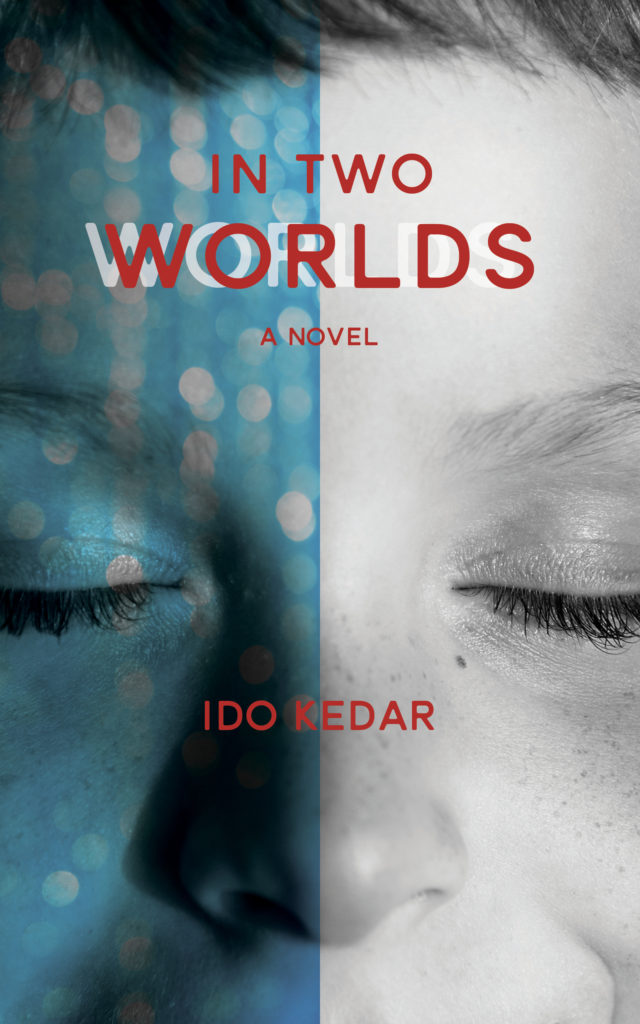You work with autistic people.
You have an autistic relative.
You are adventurous and into new experiences.
If you fall into any of these groups, my Autism Experience Challenge is for you.
Of course, I specifically invite the participation of the experts of ASHA and other organizations that have so strongly made statements about the inner experiences of nonspeakers, yet have never experienced the state of being nonspeaking themselves. Certainly, to claim to have an understanding into nonspeakers, it helps to walk in their shoes- even if just briefly, to avoid the appearance of presumptuousness.
If you are brave, let’s give it a go.
Step 1
Mark out a period of time- anywhere from 3 hours for a shortened version to 3 days for the fuller experience. You will not be allowed to speak verbally during this time, no matter how much you want to.
You must designate this time to take place when you will be around people. There is no benefit to this exercise if you will be alone the whole time. Your friends and relatives should know what you are doing prior to the exercise so they aren’t worried and can do their part in the challenge.
To be authentically true to the autistic experience I need to deny you alternative means of communication. You cannot gesture, point, write, type or show ideas on your face. To have an authentic experience, people will have to guess your needs and wants. Maybe their guesses will be wrong.
You cannot correct them. You must live with the results of their guesses.
To experience this kind of frustration and loneliness is important. You must eat with people and be physically together with people but you cannot join in their conversation at all.
You are near others, and may lean on them or hug them, but you are not part of the social interaction.
Step 2
Some of you may be ready to quit right here, but for those ready to forge on, let’s make it a bit harder.
You can start this any time by prearrangement.
Ask your friends or relatives to discuss you, your behavior and difficulties, in front of you, as if you don’t understand. They can say whatever they want, whether true or outlandishly wrong, and you can’t correct them. You must stay silent. No gestures or facial responses are permitted to show your feelings.
You should take note of how you feel.
Step 3
Every time you feel upset, maybe, for example, after hearing people discuss your behavior, or you feel excited, or perhaps bored, you must flap your hands, stomp your feet or jump up and down. These responses should begin after approximately five or more hours of just experiencing living in silence.
Tell your friends or relatives to respond each time you flap, stomp or jump with any of the following types of phrases:
All done
Hands down
Hands quiet or
Quiet hands
No jump
Feet quiet.
Step 4
After a minimum of 6 hours, your friends or relatives should begin, at a prearranged time, to talk to you in ABA English. That is, no more normal speech aimed directly to you.
They may speak normally near you when talking to each other in lively and interesting conversations and you may listen but not participate in any way in those conversations. They may speak about you in normal speech.
But if someone speaks directly to you it must now be in simplified speech and command oriented.
Wash hands
Go car
All done
Turn off
Etc.
No articles or grammar for you! This must continue until the challenge ends.
Step 5 (for the very daring, only)
I can’t induce sensory highs but I can help you simulate overloaded or intoxicated senses. Prior to the challenge, you can make a recording of intermittent noises, such as a leaf blower, a siren, a baby crying, and listen to these through headphones while you walk through a crowded mall or market. The sounds pop up randomly and unexpectedly. Several may occur in succession, or you may have none for many minutes. They can be quite loud. They may be very brief or last for several minutes.
Remember, you still can’t talk, gesture, communicate your ideas, discomfort or feelings. You can cover your ears, flap your hands or jump in public.
I grant you temporary permission.
You will be aware of the stares.
When you get home, stare at a lava lamp or another interesting undulating visual pattern for about ten minutes. Allow yourself to get intoxicated by it.
You may remove the headphones while you do that.
Step 6
Point to letters, very slowly, on a letterboard, keyboard or tablet to communicate your thoughts to someone for your final half hour of the Challenge.
Step 7
Go back to normal and think about your experiences.
In this Autism Experience Challenge I do assume that like me, and so many others with nonspeaking autism, you understand words and that the trap is your motor system.
How long could you tolerate it? Did you have to stop early? What were the hardest aspects? What new insights did you gain?
Step 8
Now for your final challenge:
Imagine your whole life like this.
Imagine never being given a means to communicate.
Imagine experts speaking out, denying your rights and invalidating your potential.
Imagine being talked to like a child.
Imagine breaking through this and then hearing experts say that what you communicate are actually someone else’s thoughts.
I invite my readers to try my Autism Experience Challenge. Let me know how it goes.



